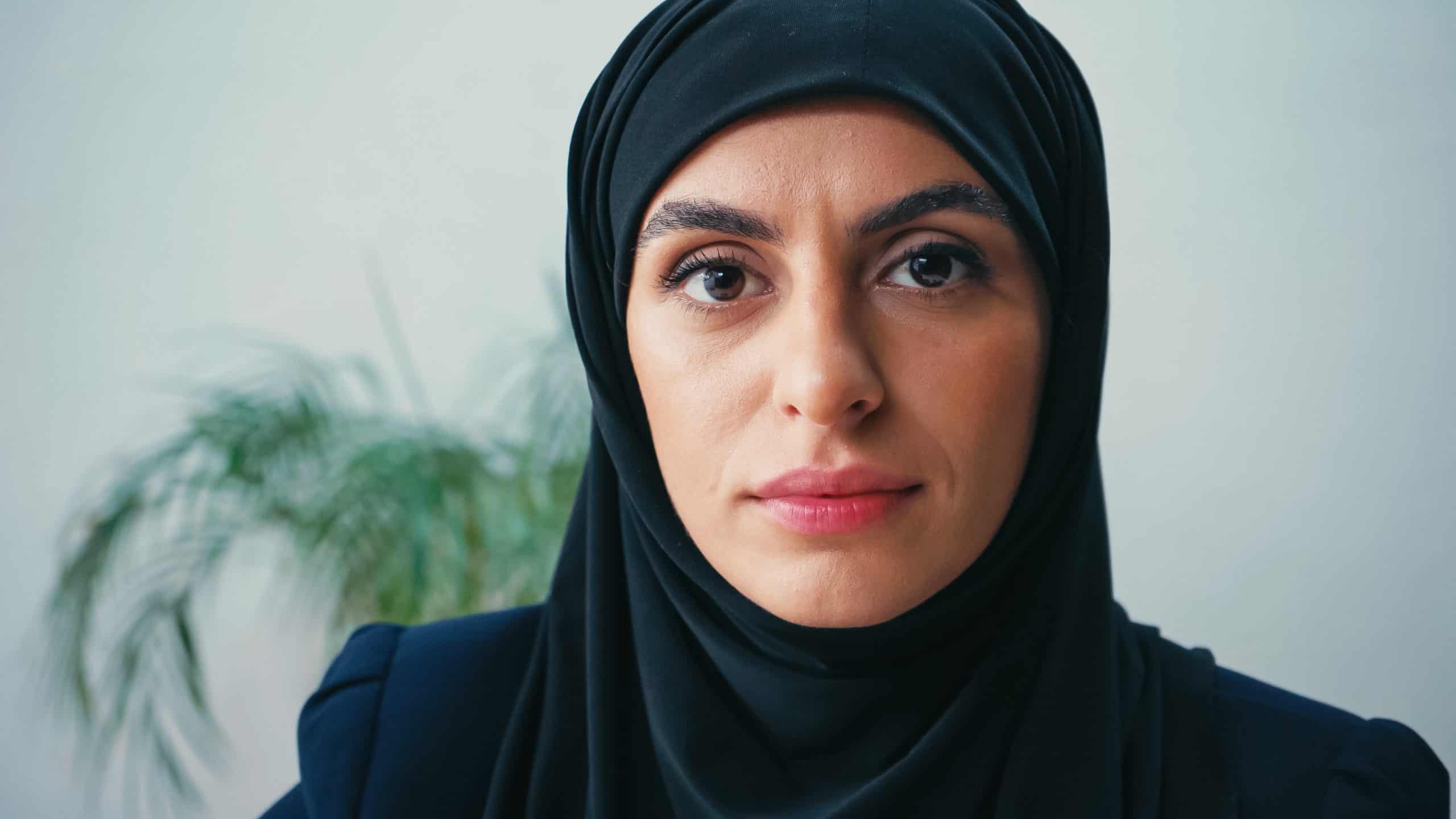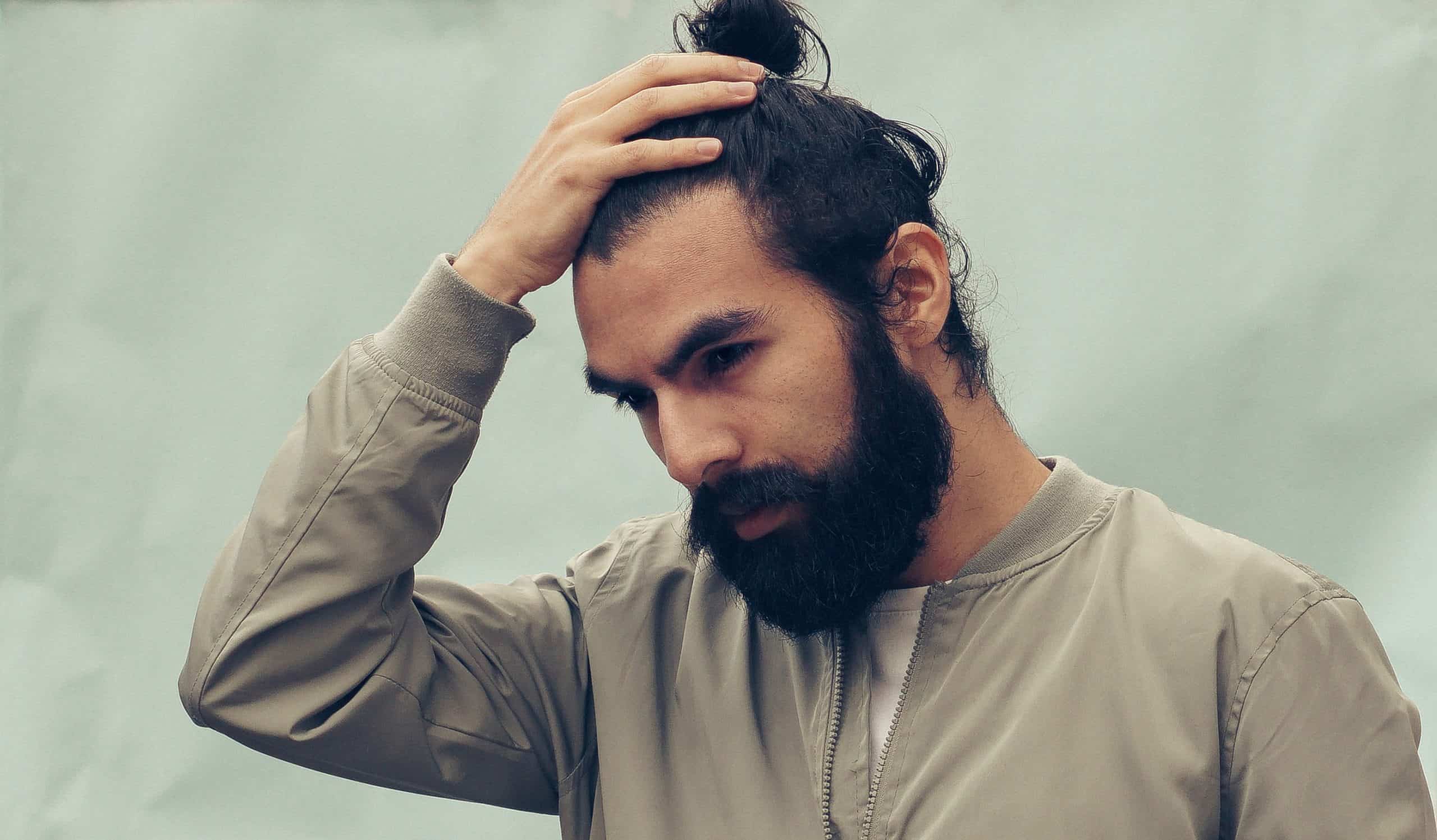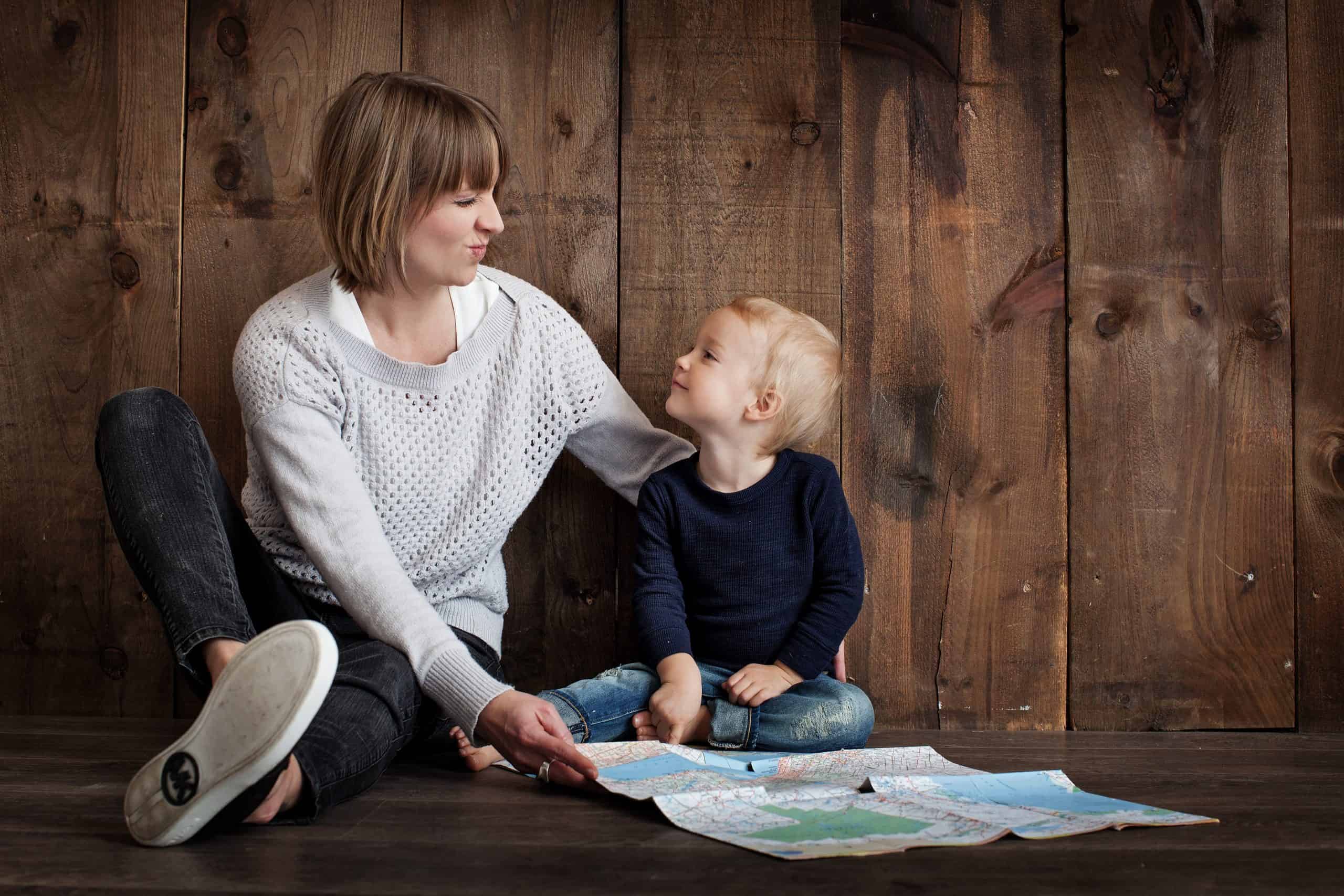Lessons We Can Learn From Leah in the Bible

Who was Leah in the Bible? Leah, one of the key figures in the Bible, was Jacob’s first wife and the older sister of his favored second wife, Rachel. Born in the town of Paddan-Aram as the oldest daughter of Laban, Leah’s life becomes entwined with Jacob’s when he arrives in Harran after fleeing his brother’s anger. Although Leah was not initially Jacob’s chosen spouse, she ultimately became the mother of seven of his children, playing a significant role in the growth of the Jewish people.
Despite being described as having “weak eyes,” Leah’s strength and resilience are revealed through the trials she endures as the less favored wife. She gave birth to six sons, Reuben, Simeon, Levi, Judah, Issachar, and Zebulun, as well as a daughter named Dinah. Through the births of her children, Leah held an essential position in the lineage of the twelve tribes of Israel.
As one of the four matriarchs alongside Sarah, Rebecca, and her sister Rachel, Leah’s story serves as a powerful reminder of God’s plan and the impact that every individual can have on history. Her steadfast faith, despite living in her sister’s shadow, highlights the complexities of the relationships within the biblical family and underscores the significance of her role in the growth of the Jewish people.
This post may contain affiliate links. You can read my full affiliate disclosure here.
Who Was Leah in the Bible?
Leah was a significant figure in the Hebrew Bible, known for being one of the four matriarchs of the Jewish people. She was the daughter of Laban and the elder sister of Rachel. Both Leah and Rachel were married to Jacob, but Leah was not as loved by Jacob as her sister.
The story of Leah begins when Jacob, fleeing from his brother Esau, arrives at his uncle Laban’s house in Harran. Jacob falls in love with Rachel, Leah’s younger sister, and agrees to work for Laban for seven years to earn Rachel’s hand in marriage. However, on the wedding night, Laban deceives Jacob by substituting Leah for Rachel, and Jacob unknowingly marries Leah first. Jacob had to work an additional seven years to earn Rachel as his wife as well.
Leah’s life was marked by a sense of rivalry with her sister, as she constantly sought to gain the affection and attention of their husband, Jacob. The Bible describes Leah as having weak eyes; some interpretations imply that she was plain-looking compared to her sister Rachel. Yet, despite her struggles for recognition, Leah maintained her faith and played a vital role in the growth of the Israelite nation.
Leah’s life teaches us important lessons about perseverance, faith, and the power of prayer. Inspired by her story, we can learn to find our own value and significance, even in the most challenging circumstances.
Leah in the Bible Verses
Leah’s story is primarily found in the Book of Genesis. Her tale begins in Genesis 29, where she is introduced as the older sister of Rachel and the eldest daughter of Laban.
In Genesis 29, Jacob meets Laban’s daughters and falls in love with Rachel. He agrees to work for Laban for seven years to marry Rachel. However, once the seven years pass, Laban tricks Jacob into marrying Leah first, citing the custom that the older sister must marry before the younger. Leah becomes Jacob’s first wife, but she holds second place in his heart.
The story of Leah continues in Genesis 30, where she gives birth to six sons and one daughter with Jacob. These children eventually form six of the twelve tribes of Israel. Genesis 31 describes Leah’s journey with Jacob when they decide to leave Laban’s household and return to their homeland.
Leah is also briefly mentioned in other parts of the Bible, such as Ruth 4:11, where she is remembered alongside Rachel as the mothers of the house of Israel.
To summarize, Leah’s story can be found in the following passages of the Bible:
- Genesis 29: Introduction, relationship with Jacob, and marriage
- Genesis 30: Giving birth to six sons and one daughter, forming six of the twelve tribes of Israel
- Genesis 31: Leaving Laban’s household with Jacob
- Genesis 33-35, 46, and 49: Brief mentions and connections to the larger narrative
- Ruth 4:11: Commemoration alongside Rachel
The Story of Leah in the Bible
Leah was born in the town of Paddan-Aram, the oldest daughter of Laban, sister of Rachel, and niece of Rebekah. Her biblical story can be found in the book of Genesis. Jacob, her future husband, fled to her uncle Laban’s home to escape his brother Esau, after tricking his father and stealing his brother’s birthright.
Jacob fell in love with Leah’s sister, Rachel, and agreed to work for Laban for seven years in exchange for marrying her. However, on the wedding night, Laban deceived Jacob and gave him Leah instead. Upon discovering the deception, Jacob was furious, but Laban convinced him to work another seven years in exchange for marrying Rachel as well.
In their marriage, Leah was often overshadowed by Rachel’s beauty, but due to Rachel’s barrenness, Leah was able to contribute significantly to the family. Leah bore Jacob six sons: Reuben, Simeon, Levi, Judah, Issachar, and Zebulun. These sons became the founders of six of the twelve tribes of Israel.
After Leah’s first four sons, Rachel offered her maidservant Bilhah to Jacob as a wife to have children in her place. Bilhah bore Jacob two sons, Dan and Naphtali. In response to this, Leah offered him her maidservant Zilpah as a wife as well, resulting in two more sons, Gad and Asher.
Eventually, God heard Rachel’s prayers, and she bore two sons, Joseph and Benjamin. Later, Leah’s daughter Dinah was born, rounding out the twelve tribes of Israel.
Leah’s story is crucial in the Bible, as she played a significant role in building the house of Israel, along with her sister Rachel and their maids. Despite feeling unloved and overshadowed, Leah remained faithful and ultimately strengthened the foundation of the biblical family.
Characteristics of Leah in the Bible
One of the notable attributes about Leah is her tender eyes. In Genesis, the Bible describes her eyes in a way that contrasts with her sister Rachel’s outward appearance. While Rachel is portrayed as being beautiful, Leah’s eyes are highlighted, signifying that she might be more kindhearted or tenderhearted rather than physically attractive. This idea is supported by the Hebrew word “rakkoth” used in the description, which can be translated as tenderhearted or kindhearted
Leah’s tenderhearted nature arguably plays a crucial role in her overall character. Despite the challenges she faced and the lack of love she received from her husband, Jacob, Leah maintained a compassionate and loving heart. She was constantly seeking acknowledgement and love from Jacob through the bearing of children. Nevertheless, Leah’s life serves as a great example of resilience and strength.
When it comes to praise and gratitude, Leah is considered a paragon in the Bible. She was the first person to express her gratitude to the Lord, according to the Talmud’s sages. She praised the Lord upon the birth of her fourth son, Judah, showing her appreciation for the blessings she received, despite her difficult life.
Leah’s unwavering faith and her ability to keep her heart open to praise the Lord are incredibly inspiring characteristics. They encourage people to develop an attitude of gratitude regardless of their circumstances.
In conclusion, Leah is a powerful biblical character characterized by her tender eyes, tenderheartedness, and the significant role she played in expressing gratitude and praise to God. Her life serves as a testament to the importance of maintaining a compassionate and faithful heart, even in the face of adversity.
Lessons We Can Learn From Leah in the Bible
Leah, the first wife of Jacob, was often overlooked and overshadowed by her sister Rachel, who was described as more beautiful. Despite being rejected and suffering from deception, Leah’s story teaches valuable lessons on contentment, faithfulness, and God’s providence.
- Finding Contentment in Difficult Circumstances: Leah may have experienced envy and rejection, but she learned to find contentment in her role as the first mother and matriarch within the family. She grew into a strong, faithful woman who understood that her worth was defined by God, not by others’ opinions.
- The Importance of Faithfulness: Despite facing hardships, Leah remained faithful to God and her family. Her faith allowed her to endure rejection and maintain her devotion to Jacob, even when his affections were divided between her and Rachel.
- God’s Purpose Beyond Appearances: Leah’s story demonstrates that God often works through unconventional means to achieve His purposes. As referenced in Samuel 16:7, God does not focus on our outward appearance but on our heart. Leah may have had weak eyes, but her legacy extended beyond her physical attributes, influencing the direction of an entire nation.
Leah’s story exemplifies that God’s plans often transcend human understanding as He works through people’s struggles and weaknesses. As Romans 8:28 and James 1:16-17 confirm, God can transform difficult circumstances into blessings for those who love Him and trust in His purposes. Through Leah’s life, we can learn to accept God’s plan for us, remaining faithful and finding contentment, irrespective of our situations.






